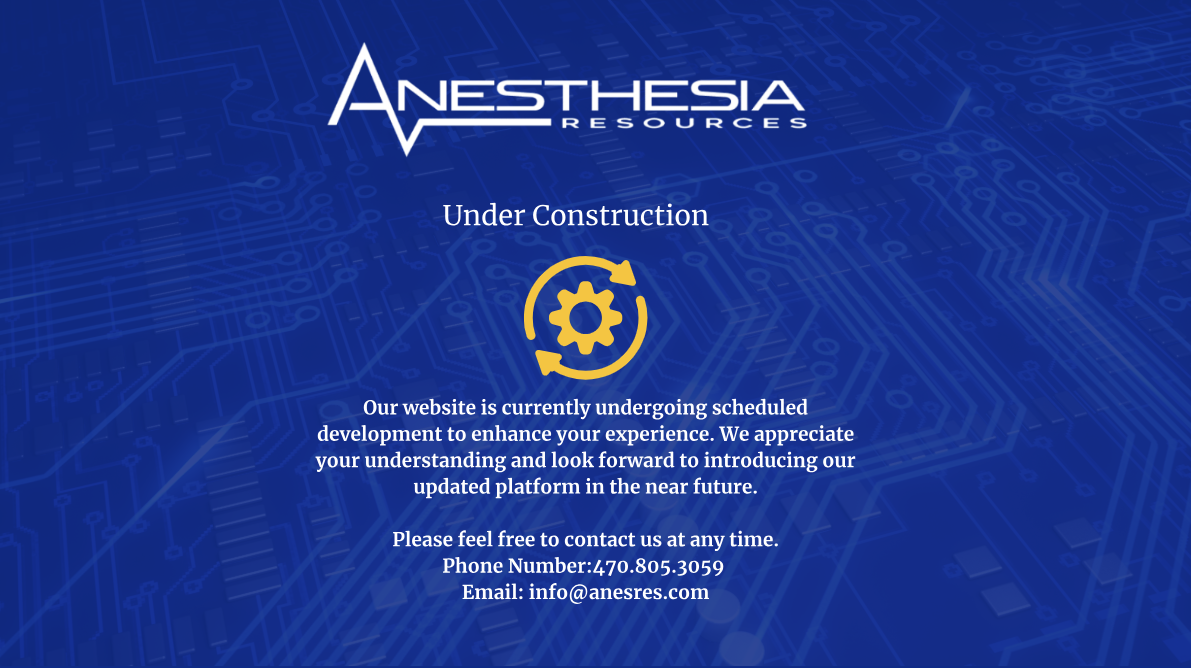Anesthesia at ASCs: 7 Key Concepts to Clear OIG Regs
II. Anesthesia-ASC Arrangements – 7 Key Concepts.
The June 2012 issuance of the OIG Advisory Opinion 12-06, regarding anesthesia services provided by physician-owned companies, coupled with the development of ASC-anesthesia arrangements where ASCs or their owners could profit from the arrangements has led to a great deal of discussion. This section provides seven key points to consider when analyzing such relationships.
1. The anesthesia-ASC relationships are not categorically illegal nor are they specifically covered by the Stark Act (42 U.S.C. 1395nn) and accompanying regulations (42 C.F.R. 411.350 et. al). Rather, they are service agreements, potentially raising anti-kickback issues under the anti-kickback/fraud and abuse statute (42 U.S.C. 1320a-7b).The Advisory Opinion discussed two proposed relationships:
A. Arrangement A is where the anesthesia service provider would serve as the ASC’s exclusive provider of anesthesia service, bill and retain collections from patients and third-party payors, and pay the ASC a “management services” fee. The OIG concluded Arrangement A raised anti-kickback issues because “there is risk that the [anesthesia service provider] would be paying the Management Services fees with regard to non-federal healthcare program patients to induce the Centers’ referral of all of its patients, including federal healthcare program beneficiaries.”
B. Arrangement B is where ASC physician-owners would establish separate companies for the purpose of providing anesthesia-related services to outpatients undergoing surgery at the ASCs. The OIG concluded “no safe harbor would protect the remuneration the [anesthesia company] would distribute to the [ASC]’s physician-owners under Proposed Arrangement B.”
2. The determination of whether an arrangement is legal or illegal will depend on the purposes of the arrangement and the facts and circumstances of the situation. In the Advisory Opinion, the OIG “conclude[d] that the Proposed Arrangements could potentially generate prohibited remuneration under the anti-kickback statute…[but] [a]ny definitive conclusion regarding the existence of an anti-kickback violation requires a determination of the parties’ intent[.]” Examples of questions the OIG would ask in determining the parties’ intent include: did the ASC or its surgeons tell the anesthesia groups “you must give us part of the profits to keep your contract” versus was the relationship developed to fit a real need? For example, did the ASC had coverage problems, issues with anesthesia contracting or patient requirements, or other issues with the anesthesia group that necessitated the relationship?
3. The Advisory Opinion and earlier OIG alerts and bulletins on contractual joint ventures speak negatively of situations where a group or physicians enter into a business where they control the referral stream and another party, who is essentially the service provider, cuts the group or physicians into the business revenues. The OIG believes that Arrangement B exhibits certain common elements of a suspect joint venture arrangement. Five suspect elements in Arrangement B include the facts that:
A. The [ASC]s’ physician-owners would be expanding into a related line of business — anesthesia services — that would be wholly dependent on the [ASC]s’ referrals;
B. The [ASC]s’ physician-owners would not actually participate in the operation of the [anesthesia company] but rather would contract out substantially all of the operations exclusively to the [anesthesia service provider];
C. The [ASC]s’ physician-owners’ actual business risk would be minimal because they would control the amount of business they would refer to the [anesthesia company];
D. The [anesthesia service provider] is an established provider of the same services that the [anesthesia company] would provide, and otherwise would be a competitor providing the services in its own right, billing insurers and patients in its own name, and collecting and retaining all available reimbursement; and
E. The [anesthesia service provider] and the [ASC]s’ physician-owners would share in the economic benefit of the [ASC]s’ new business, with the [anesthesia service provider] receiving its share in the form of a negotiated rate and the [ASC]s’ physician-owners receiving their share in the form of the residual profits from the new business.
4. The Advisory Opinion sets forth in part the position prosecutors and investigators will take when reviewing anesthesia arrangements for anti-kickback concerns. While the position of the prosecutors and investigators is a very powerful position and one should tread carefully in setting up structures that are not consistent with the OIG’s Advisory Opinion, one should recognize that such parties are the prosecutor and investigator, but not the ultimate judge of such relationships. As the Advisory Opinion stated, the absence of safe harbor protection is not fatal. A judge would ultimately determine whether the arrangement violates the kick-back statute.
5. The safest legal position is, of course, for the ASC and surgeons to stay out of the stream of profits. The OIG has also stated on numerous occasions, and reiterated in its Advisory Opinion, the OIG’s view that the opportunity for a referring physician to earn a profit, including through an investment in an entity for which he or she generates business, could constitute an illegal inducement under the anti-kickback statute. It also states “that no safe harbor would protect the remuneration the [anesthesia company] would distribute to the [ASC]s’ physician-owners.”
6. The OIG argues against the position that direct employment of the anesthesiologists would meet a safe harbor for the surgery center. That stated, there are arguments that a direct employment arrangement meets a safe harbor. The employee safe harbor excludes from the definition of “remuneration,” for purposes of the anti-kickback statute, any amount paid by an employer to an employee who has a bona fide employment relationship with the employer. The OIG argues that even if the anesthesia service provider was considered a “bona fide” employee, this alone would not render the actual ASC safe harbor met. This may be a tough position for the OIG to prevail on.
7. ASCs and anesthesiologists also use other structures. The OIG only commented on two proposed structures. Each alternative structure will need to be judged based on the facts and circumstance of the structure. Examples of other organizational structures and arrangements include engaging the anesthesia on a per-diem or per-annum independent contractor basis or developing a joint venture with the anesthesia group. However, these alternative arrangements generally won’t meet a safe harbor.
2013 OIG Work Plan Now Includes Anesthesia
Anesthesia Services -Payments for Personally Performed Services (New)
“We will review Medicare Part B claims for personally performed anesthesia services to determine whether they were supported in accordance with Medicare requirements. We will also determine whether Medicare payments for anesthesiologist services reported on a claim with the “AA” service code modifier met Medicare requirements. Physicians report the appropriate anesthesia modifier to denote whether the service was personally performed or medically directed. (CMS’s Medicare Claims Processing Manual, Pub. No. 100-04, ch.12, @ 50) The service code “AA” modifier is used for anesthesia services personally performed by an anesthesiologist, and the “QK” modifier is used for medical direction of two, three, or four concurrent anesthesia procedures by an anesthesiologist. The QK modifier limits payment at 50 percent of the Medicare-allowed amount for personally performed services claimed with the AA modifier. Payments to any service provider are precluded unless the provider has furnished the information necessary to determine the amounts due. (Social Security Act, @1833(e).)”
(OAS; W-00-13-35706; various reviews; expected issue date: FY 2013; new start)
Resource: OIG 2013 Work Plan


